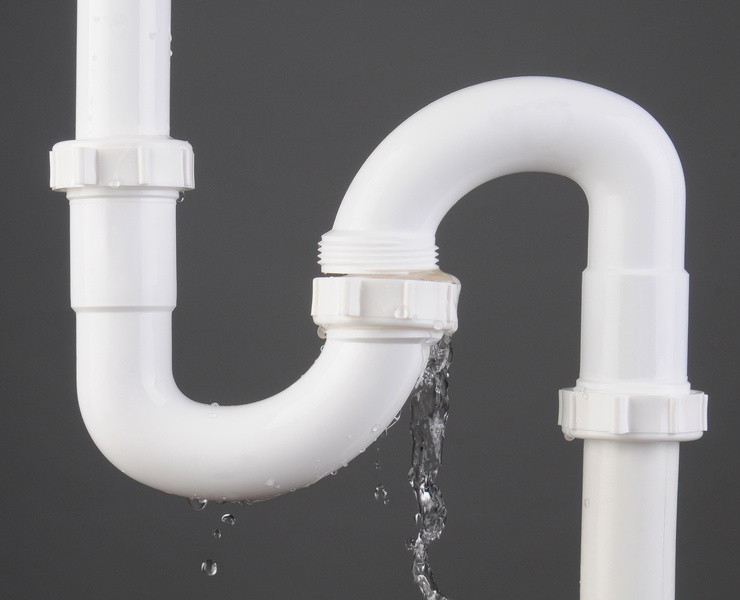On this page further down yow will discover a good deal of good insight about How Does the Plumbing Work in Your Home?.

Plumbing is a vital element of any kind of home, in charge of providing tidy water for alcohol consumption, cooking, and showering, in addition to getting rid of wastewater securely. Understanding the basics of home plumbing is essential for each property owner to guarantee appropriate maintenance, troubleshooting, and, if needed, fixings. In this newbie's overview, we'll cover the essential concepts of home plumbing to aid you become extra familiar with just how it works.
Supply Of Water System
The water system system brings tidy water right into your home from a local water source or a personal well. It consists of a primary water line that connects to your home's plumbing system, normally located underground. A water meter gauges the quantity of water consumed, while a shut-off shutoff permits you to manage the flow of water into your home.
Plumbing Fixtures
Plumbing fixtures are devices that supply water to different parts of your home and consist of sinks, faucets, commodes, showers, bath tubs, and devices such as dishwashing machines and cleaning equipments. Each fixture is connected to the water system using pipes and fittings and might have its shut-off shutoff for maintenance or emergency situations.
Water Heating System
The water furnace is responsible for home heating water for domestic usage, consisting of showering, food preparation, and cleansing. Usual sorts of water heaters consist of tank-type water heaters, tankless (on-demand) hot water heater, and heat pump hot water heater. The water heater is connected to the supply of water system and provides hot water to plumbing fixtures as required.
Water drainage System
The drainage system removes wastewater from your home and carries it away to a sewage therapy center or septic system. It contains a network of pipelines, installations, and fixtures that deliver wastewater from plumbing fixtures to the main sewer line or septic tank. Appropriate drain is vital to protect against blockages, back-ups, and sewer leaks.
Ventilation System
The ventilation system assists keep appropriate air pressure and prevent sewage system gases from entering your home. Vent pipes, additionally referred to as air vent heaps, prolong from plumbing fixtures to the roof covering, allowing drain gases to get away safely outside. Ventilation pipes likewise enable air to get in the water drainage system, helping with smooth wastewater flow and avoiding suction or vacuum impacts.
Typical Plumbing Tools
Having the right devices available is essential for carrying out basic plumbing repairs and upkeep jobs. Common plumbing tools include flexible wrenches, monkey wrench, pliers, pipeline cutters, hacksaws, plungers, augers (or drainpipe serpents), and Teflon tape. Having these tools easily available can help you take on minor plumbing issues successfully.
Basic Plumbing Repair Services
While some plumbing fixings might need expert assistance, several common issues can be addressed with standard do it yourself methods. Learning just how to repair a dripping tap, unclog a drain, replace a bathroom flapper, or fix a leaking showerhead can conserve you money and time on plumbing fixings.
Verdict
Understanding the fundamentals of home plumbing is important for each property owner to keep a secure, functional, and efficient plumbing system. By acquainting yourself with the supply of water system, plumbing fixtures, water drainage system, air flow system, common plumbing tools, and standard fixings, you can confidently attend to small plumbing problems and ensure your home's plumbing system operates efficiently.
Understanding Basics of Home Plumbing System: A Beginner's Guide
The Main Components of Your Home Plumbing System
The Water Supply System
This system is responsible for transporting fresh water into your home. It usually has a main water line that splits into two branches: one directed towards cold water services and the other connected to a water heater for hot water. The pressure is key here; it ensures water reaches all parts of your house.
The Drainage System
Once water has been used, it becomes wastewater that needs to be removed from your home. This is where the drainage system comes into play. It includes all the pipes that carry wastewater and sewage away from your house to sewage treatment facilities or septic tanks.
The Vent System
The vent system prevents sewer gases from entering your home and helps maintain the pressure balance that allows wastewater to flow out properly. These vents usually exit through the roof of your house.
Water Heating System
For those who enjoy hot showers or using hot water for cleaning, the water heater is a crucial part of the plumbing system. It can be a tankless system, which heats water on demand, or a traditional water tank model.
Common Plumbing Problems and Basic Troubleshooting
Plumbing systems, while designed to be durable, can face issues like clogged drains, leaky faucets, or low water pressure. Here are some basic troubleshooting tips:
Clogged Drains
Use a plunger or a plumber's snake to try and dislodge whatever is blocking the drain. Regular cleaning can prevent clogs.
Leaky Faucets
Often caused by worn-out washers or gaskets, these can usually be replaced by someone with basic DIY skills.
Low Water Pressure
This might be due to sediment build-up in your fixtures or a leak somewhere in your water line. Cleaning out aerators or seeking a professional to detect leaks might be necessary.
Preventive Maintenance Tips
Maintaining your plumbing system is key to avoiding emergencies. Regularly check for leaks, avoid disposing of grease down the sink, and have your system inspected by a professional plumber at least once a year.

Hopefully you enjoyed reading our piece on Plumbing Basics For Every Home: The HomeTriangle Guide. Many thanks for taking the time to browse our article post. Are you aware of someone else who is occupied with ? Feel free to promote it. We love your readership.
Details
Comments on “Getting Insight into Home Plumbing Basics: A Beginner's Introduction”